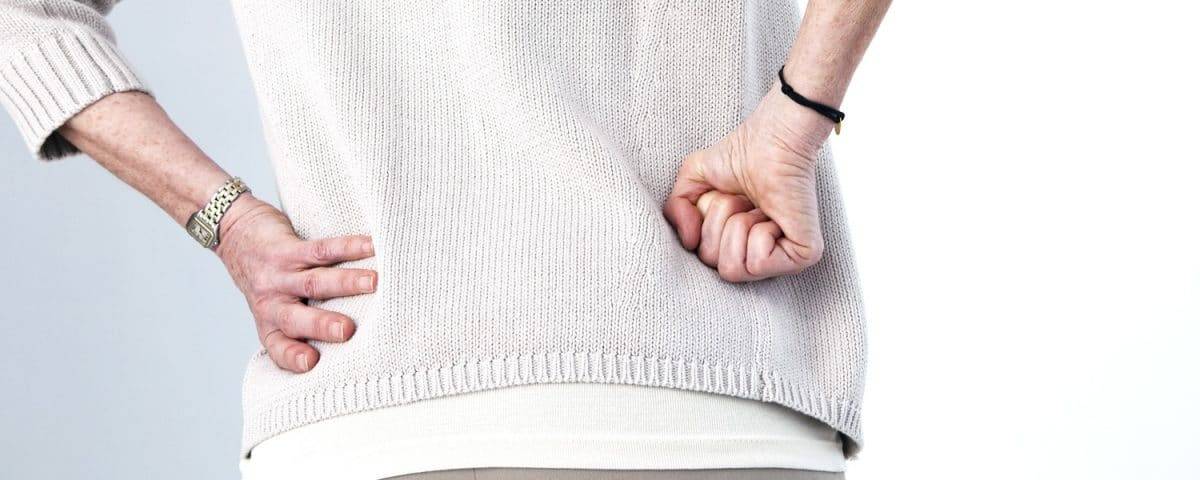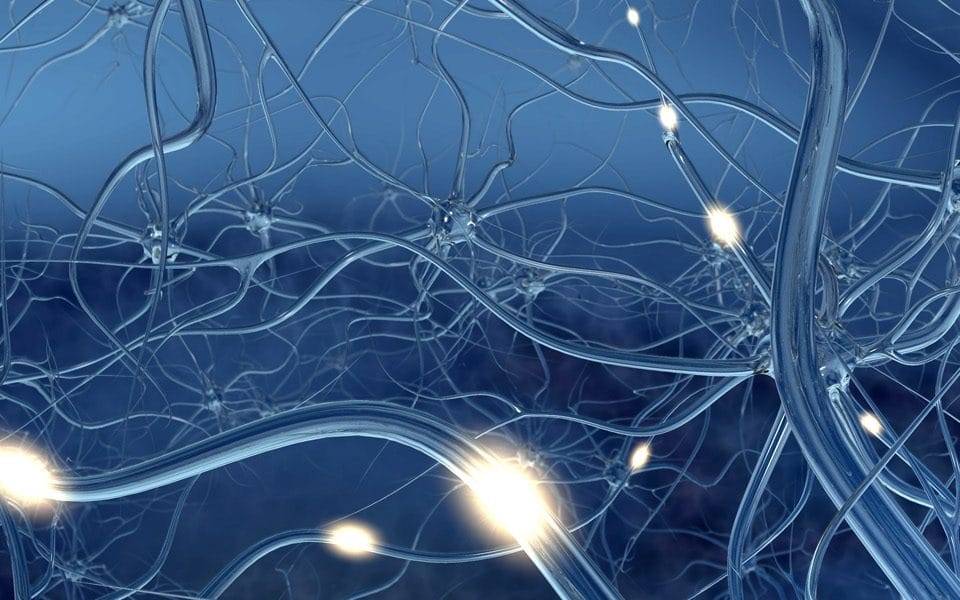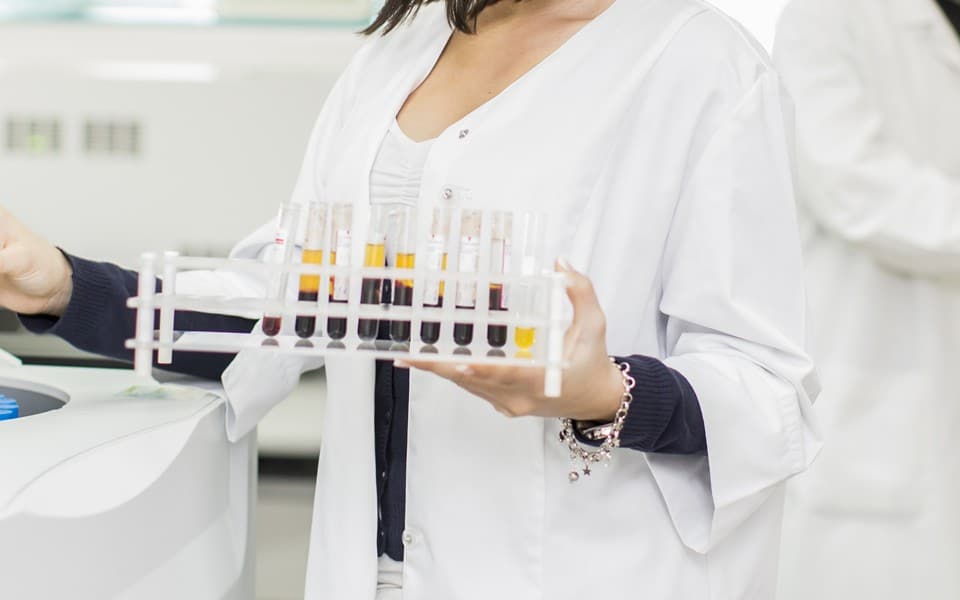After the platelets are ready to be administered, doctors will use ultrasound imaging for guidance to inject the concentrated platelets into various sites on the patient’s body. This will aid in pain relief and help heal tissue damage. As a result, the concentrated platelets will increase collagen production and tendon stem cell proliferation. The concentrated platelets activate tenocytes, which make collagen that is used to repair damaged cartilage, muscles, ligaments, and tendons.
Doctors treat patients with PRP therapy to alleviate some of the symptoms of osteoarthritis of the hip and knee as well as many other conditions.
PRP therapy can effectively:
- Inhibit swelling and inflammation
- Stimulate new cartilage growth
- Increase the production of fluid in the joints
- Reduce pain with proteins that inhibit pain receptors
- Reduce friction in the joints
What to Expect After PRP Therapy
Those who receive PRP therapy could feel minor to significant pain a few days following the injection. After an individual receives PRP therapy, it is recommended to ice the treated area every couple of hours for a duration of 20 minutes, which should be continued for three days. It’s generally advised to limit the use of any anti-inflammatory medications as PRP uses the bodies own inflammation response to work its magic. Most patients notice the pain subsides after a few days with increased mobility. For those who had PRP therapy in their knees or hips, crutches may be used to keep weight off the treated area. Most patients will notice a gradual improvement for about six to eight weeks following the procedure. However, there are patients who report improvement lasting up to nine months after the procedure.
Evidence Supporting PRP Therapy
A study was conducted using research from four databases to examine the effectiveness of PRP for the treatment of osteoarthritis. The research looked at 725 patients who received PRP therapy, placebo, or hyaluronic acid for osteoarthritis pain. The research concluded that based on the randomized controlled studies that were selected, PRP therapy was effective in producing a significant improvement in pain and an increase in joint mobility.
Arthroscopy, a medical journal, reported PRP therapy offers better symptomatic relief than hyaluronic acid or placebo in individuals who suffered from degenerative knee problems. The journal also reported that it should be considered as a treatment method for those with osteoarthritis.
There are many other studies that show PRP therapy is a suitable treatment option for those with osteoarthritis. Research has proven that PRP therapy can cause tissue regeneration in those suffering from osteoarthritis of the knee, and PRP can effectively promote ligament healing after reconstructive surgery.
PRP therapy can alleviate the pain that is associated with osteoarthritis of the knee or hip. If you want to know more about PRP therapy, then schedule a free consultation with Dr. Bruce Stratt, MD.






